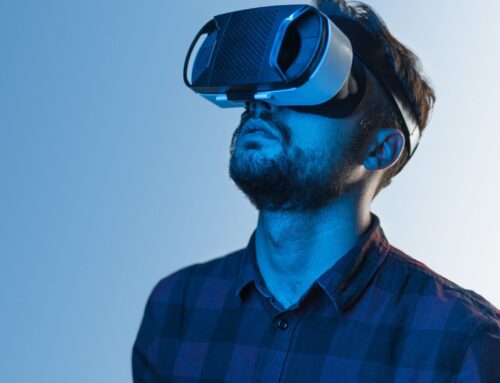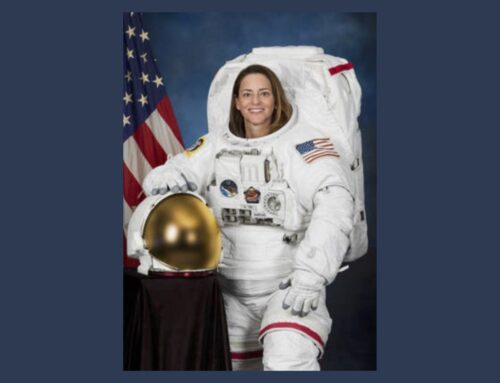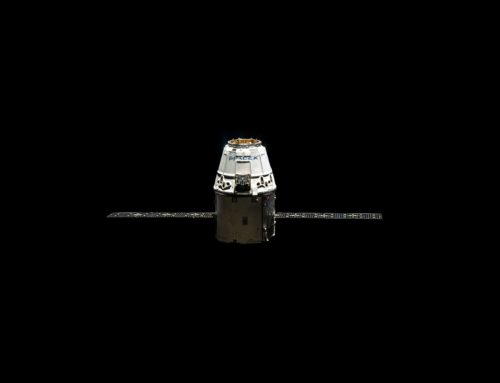Space’s vast, cold nature is a blessing and curse for those fortunate enough to explore it; on one hand, it houses one-of-a-kind phenomena and events that have greatly expanded our collective scientific knowledge, but on the other hand, these same elements comprise a range of potential health hazards for astronauts.
One of the most prevalent of these risks is space radiation, an omnipresent threat to astronauts navigating cosmic and solar forces. Radiation has been a key consideration for the space industry as it works to make human-led missions safer, and for these journeys to remain fruitful, the sector must stay committed to new, innovative forms of protection.
Space radiation tends to originate from three primary sources: Van Allen radiation belts, or pockets of radiation particles trapped close to the Earth’s atmosphere; solar storms, which can generate sudden influxes of radiation; and galactic cosmic rays, which stem from exploding stars called supernovas. The latter is one of the most prevalent forms of radiation challenging deep space missions – particularly voyages to Mars.
These various forms of radiation are among space’s most dangerous health risks, potentially causing a range of issues like cancer, radiation sickness, central nervous system dysfunction, and degenerative chronic illness. What’s more, it can be difficult to quantify the extent to which space radiation impacts human tissue, with carcinogenesis and central nervous system change alone yielding a complex range of potential negative outcomes.
In the face of these nuanced and often unseen hazards, the space industry must be vigilant in providing its deep space teams with adequate equipment, training, and mechanical infrastructure to mitigate and withstand these various exposures. Such preparations center on research concerning radiation’s genesis, composition, and spectrum of biological consequences.
For instance, by understanding the elements through which radiation forms during various ranges of altitude, phases of the solar cycle, and other processes, teams can more accurately forecast exposure levels and plan missions accordingly. This preemptive insight expands to each astronaut’s unique susceptibility level, an active field of investigative research, which stands to add further accommodation via equipment personalization on a case-by-case basis.
Entities like NASA have also benefited from evolving methods of studying radiation itself – namely, through high-level simulation technology, which allows researchers to observe and analyze otherwise dangerous radiation manifestations in a safe, controlled environment and leverage these findings to better inform human-led teams in the field.
These foundational breakthroughs will be an ongoing asset to radiation-based planning and protocol for future deep space missions – a testament to the space industry’s growing emphasis on astronaut advocacy and well-being.





